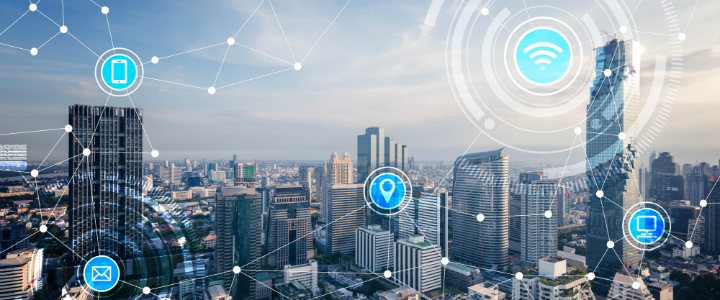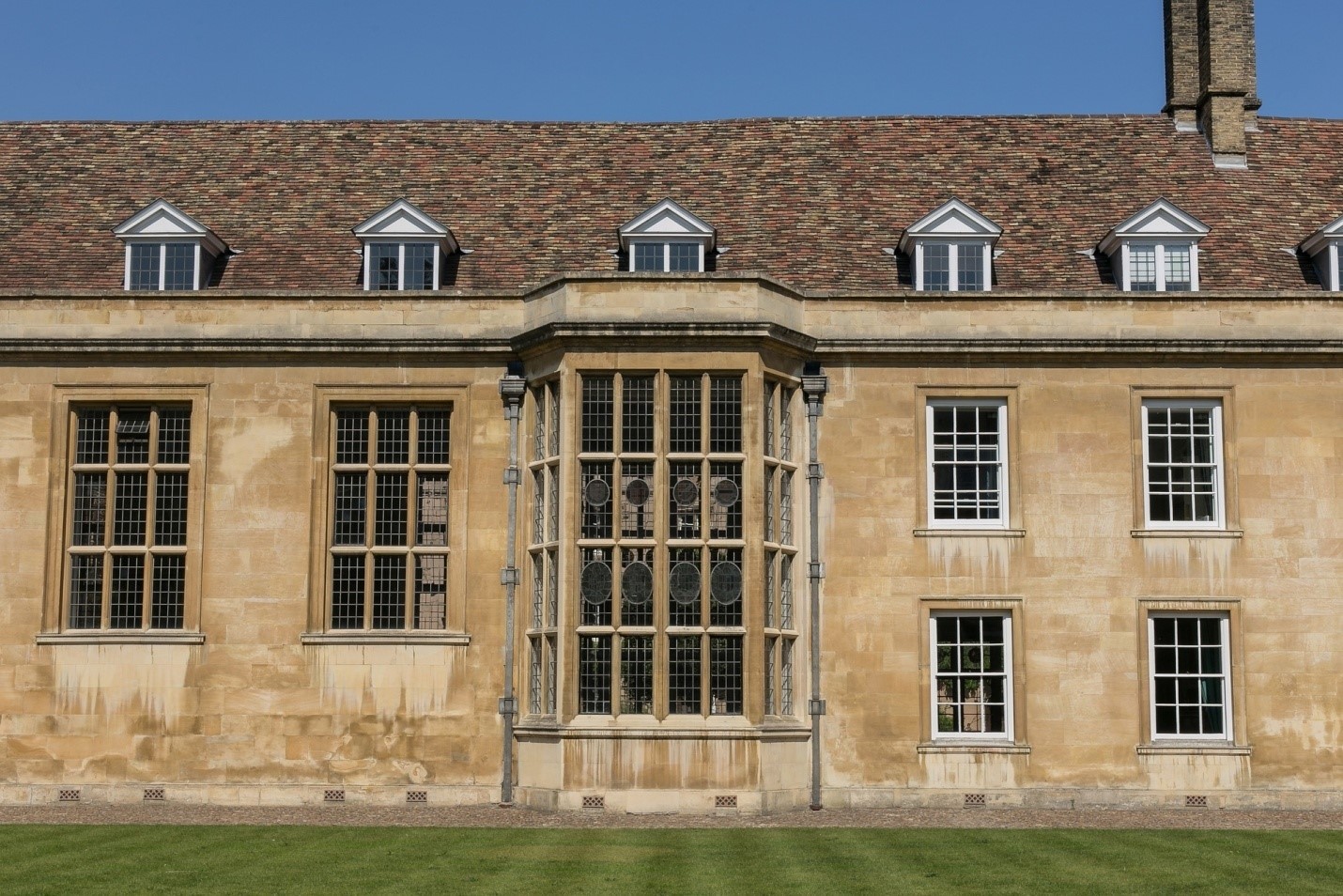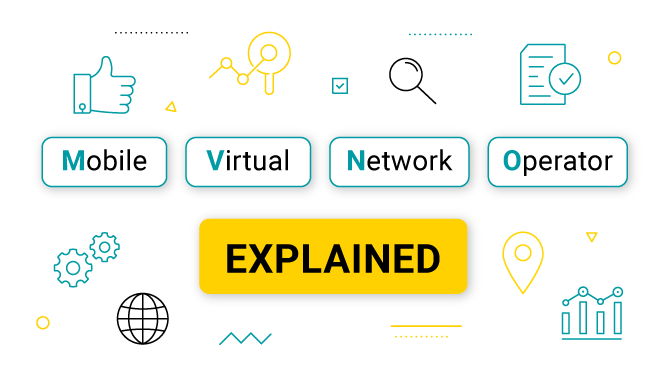What Exactly Is a Smart City?
In recent years, the term ‘smart city’ has become a buzzword as more cities around the world plan to become ‘smart’. But what is a smart city actually?
Three Pillars of a Smart City
Albeit some people might relate smart city to technology, it must be said that it does not rely entirely on such. A city is considered smart whenever technology is embedded in the city in order to improve the citizen’s quality of life through the optimisation of energy useage, city services, and sophisticated traffic monitoring.
However, smart cities are based on three main pillars: human capital, infrastructure, and information. The first relates to involving the community in the decisions that are being taken in the public and private sector. Second, Information Communication Technology (ICT) is needed as part of the infrastructure in order to coordinate activities and services, and to better engage the citizens. Finally, information should flow in order to reach all the involved stakeholders of the city.
Read about How the Internet is Changing the Human Lifestyle

When governments apply the concept of a smart city in their city, this brings some benefits. These can be from a better use of resource allocation to involving the citizens in the process through digital platforms. As a result, the local contribution to GDP has potential to grow.
Smart City Wheel
A smart city is not only an innovative process but rather a holistic approach as to how strategies are implemented to achieve the goals. As per IBM’s definition, “a smart city is a city that makes their system instrumented, interconnected and intelligent.”
In 2013, Boyd Cohen, a researcher in smart cities, created a “Smart City Wheel” with the purpose of tracking the progress of smart cities. This wheel has six indicators:
- Smart Governance—cities should enable supply and demand side policy, transparency, and open data through ICT and e-government integration.
- Smart Environment—cities should implement sustainability through green building, energy, and urban planning.
- Smart Mobility—cities should prioritize clean and non-motorised options, integrate ICT, and provide mixed-modal access.
- Smart Economy—cities should stimulate entrepreneurship, innovation, productivity, and local and global interconnectivity.
- Smart People—cities should provide 21st century education, create an inclusive society, and embrace creativity.
- Smart Living—cities should be cultural, vibrant, and safe, as well as healthy.
In retrospect, the smart cities concept primarily benefits the citizens in order to have a better quality of life. However to do so, every government should unite efforts with stakeholders to create a successful smart city.
Written by Linda M. Bravo
















